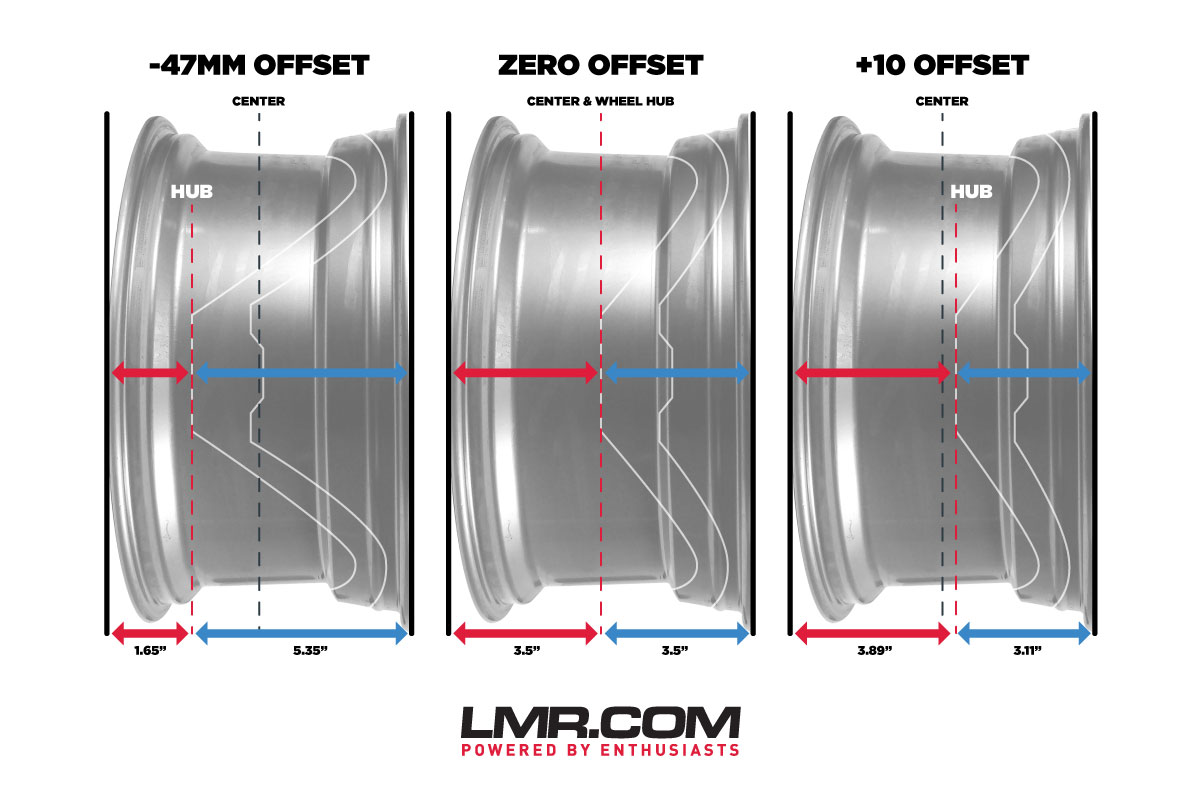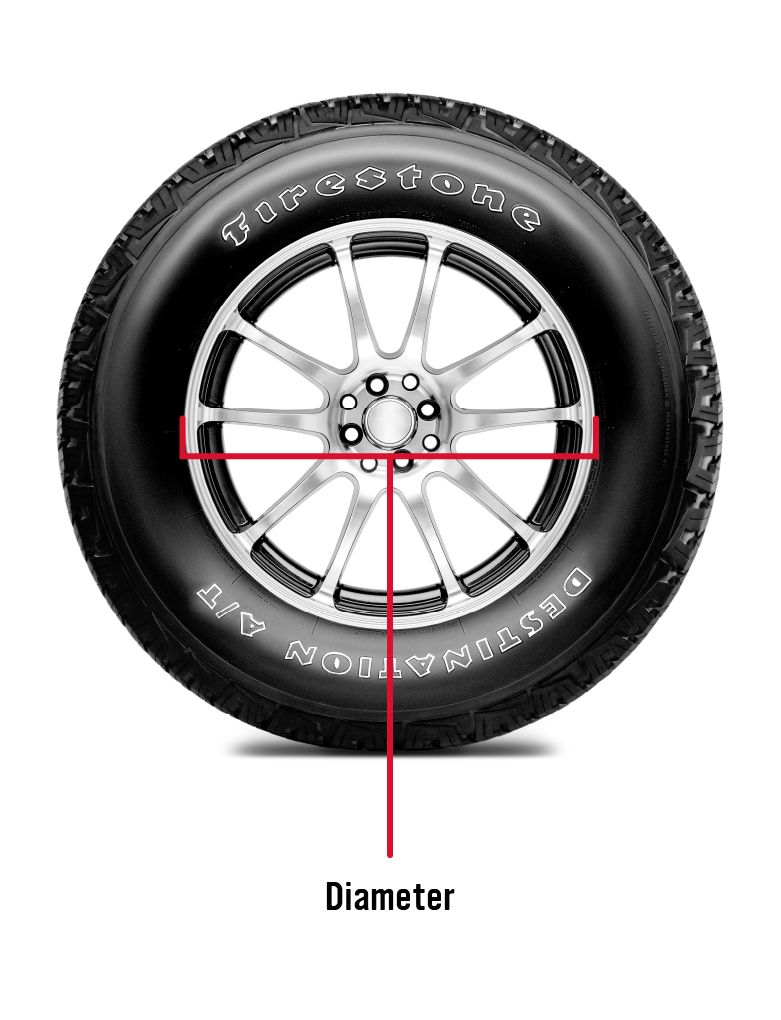Measuring car wheels is essential for maintenance. It’s simpler than you think.
Knowing the right wheel size can improve your car’s performance and safety. Many drivers overlook this important task, thinking it’s complicated or reserved for experts. But with a few basic tools and some easy steps, anyone can measure their car wheels accurately.
This guide will walk you through the process, ensuring you understand each step clearly. By the end, you’ll have the knowledge to measure your wheels confidently, helping you make informed decisions about replacements or upgrades. Let’s dive in and make wheel measuring simple!
Tools Required
To measure car wheels, you need a few tools. A tape measure is very important. It helps to measure the wheel diameter. A caliper can be used to measure wheel width. You will also need a straight edge. This helps to check for alignment.
Some accessories can make the task easier. A wheel balancer can help check the balance. Wheel cleaning tools are useful to clean the wheel before measurement. A wheel stand helps to hold the wheel steady. Marking tools can help mark measurement points.
Preparation
To measure car wheels, gather a tape measure and a flat surface. Measure the diameter and width accurately. Write down the numbers for reference.
Safety Precautions
Wear protective gloves to keep your hands safe. Use safety glasses to protect your eyes. Make sure the car is on a flat surface. Ensure the car is in park and the handbrake is on. Place wheel chocks behind the tires to prevent movement. Always follow these steps to stay safe.
Positioning The Car
Park the car on a level ground. Turn off the engine. Put the car in park. Engage the parking brake. Use jack stands if you need to lift the car. Ensure the car is stable before you start measuring. This ensures accurate measurements.
Measuring Wheel Diameter
First, find the center of the wheel. The center is usually marked. If not, estimate the middle. Next, place the tape measure at the edge of the wheel. Pull the tape straight across to the opposite edge. Make sure the tape is tight.
Read the number on the tape at the edge. This is the diameter of the wheel. If the wheel has a lip or edge, measure from inside the lip. It is important to get an accurate measurement. This helps in finding the right tire size.

Credit: www.youtube.com
Measuring Wheel Width
First, find the widest part of the wheel. This is often the outer edges. Use a measuring tape to get the width. Measure from the inner bead seat on one side to the inner bead seat on the other side. This gives the true width of the wheel.
Ensure the wheel is clean and dry before measuring. This helps in getting an accurate reading. Use a rigid measuring tape for best results. Flexible tapes can bend, affecting accuracy. Double-check your measurements to be sure.
Measuring Bolt Pattern
First, count the number of bolt holes in the wheel. Most cars have 4, 5, or 6 bolts. This number is important. Next, measure the distance between the centers of two opposite bolt holes. Use a ruler or tape measure. Write down this measurement. This is your bolt pattern.
Start by choosing one bolt as your starting point. Measure from the center of this bolt to the center of the bolt next to it. Make sure to keep your tape measure straight. Record this distance. This will help you find the lug distance.

Credit: lmr.com
Measuring Offset
Offset is the distance between the wheel’s centerline and the mounting surface. It is important for proper wheel fitment. There are three types of offset: positive, negative, and zero. Positive offset means the mounting surface is towards the front. Negative offset means it is towards the back. Zero offset means it is exactly in the middle.
To measure offset, remove the wheel from the car. Measure the wheel’s width. Find the centerline by dividing the width by two. Measure the distance from the centerline to the mounting surface. Positive values indicate positive offset. Negative values indicate negative offset. Write down your measurements for future reference.
Common Mistakes
Many people make mistakes while measuring car wheels. They might use the wrong tools. This can lead to errors. Always use a proper measuring tape. It gives accurate results. Some might measure only once. This can cause mistakes too. Always measure twice to be sure.
To avoid errors, follow simple steps. First, clean the wheel. Dirt can change measurements. Next, measure the wheel’s diameter. Measure across the center. Do not measure side to side. Finally, note the results carefully. Double-check your work. This ensures accuracy.
Double-checking is very important. It reduces mistakes. Measure the wheel at least twice. Compare both results. If they match, you are correct. If not, measure again. This simple step can save time and money. Be patient. Accurate measurements are worth it.

Credit: www.firestonecompleteautocare.com
Frequently Asked Questions
How Is Car Wheel Size Measured?
Car wheel size is measured in inches by the diameter of the wheel and the width of the rim.
How Do I Find Out My Car Wheel Size?
Check the sidewall of your tire for numbers like “205/55R16”. The last number indicates your wheel size in inches.
What Does 15×10 Wheel Mean?
A 15×10 wheel means the wheel is 15 inches in diameter and 10 inches in width.
What Do 16 Inch Wheels Mean?
16 inch wheels refer to the diameter of the wheel, measuring 16 inches across. These wheels affect vehicle handling and appearance.
Conclusion
Measuring car wheels doesn’t have to be hard. Use the right tools and follow the steps. Always check your car’s manual for specific details. Proper measurements ensure safety and performance. Practice a few times to gain confidence. Soon, you’ll measure wheels with ease.
Happy driving!

